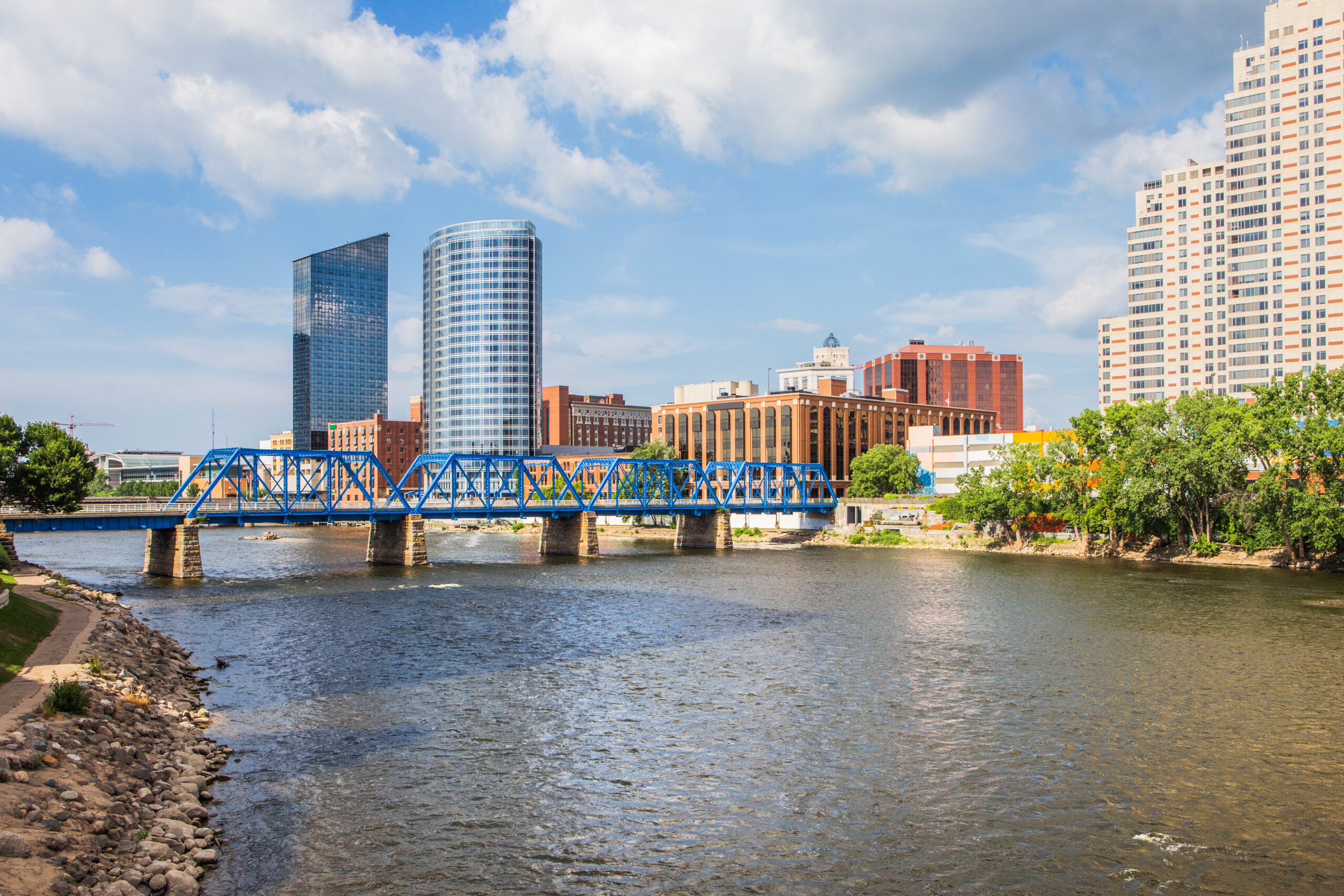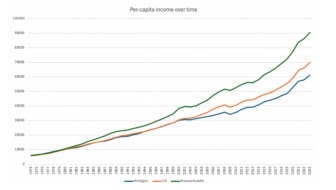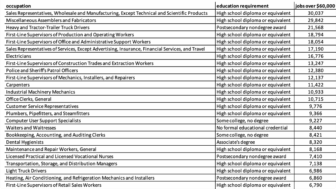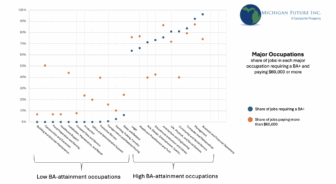Governor Whitmer recently took two bold steps: She formed a population commission and created a new department on lifelong learning. Both moves deserve applause, which are part of a broader strategy tied to economic development and growth. Or, as we at Michigan Future, Inc. call it, The Prosperity Agenda.
Why are the governor’s moves encouraging? Because of the policy focus on retaining and attracting talent. Scholarly work done by Michigan Future, Inc. tells us that talent is mobile, that talent locates where it most wants to live, and that jobs follow talent. Research shows that talent is the key driver for economic prosperity across the socio-economic spectrum.
From a professional point of view, I’m encouraged by the recognition that placemaking is occupying an increasingly important role within policy making decisions. Placemaking means creating places people want to live, work, play and learn in. I define that as amenities that exist year-round: neighborhoods with unique characteristics, restaurants and dining options, walkability, housing options, schools, recreation & exercise options, cultural arts and related events/options, easily accessible transit options.
As a museum professional, I can attest to the impact museums have on visitors. It’s a range for sure, but it’s also the reason that the greatest cities in the world have great museums and cultural institutions. The ability to partner with community-based organizations and entities of higher education not only enriches experiences but connects the community and makes a statement to the broader public. I applaud the growing appreciation of the cultural arts as a key component in an overall placemaking strategy.
I’m encouraged – and hopeful – that these efforts will catch the attention of my own adult children. They are aged 24 through 31 and are living in Austin, Chicago, Salt Lake City, and Norfolk. After visiting them, I’m convinced that there is nothing those places have that we can’t have here in Michigan. In fact, we already have advantages and assets that those places don’t. But the ingredients we do have must be focused on, enhanced, and used to create an experience that reflects the history, culture, background, and uniqueness’s of the localities that will retain and attract the talent we desire. Because without such a focus, talent like my own children will continue to go elsewhere.
There is one caveat, and that is how much are we, as a people, willing to do? The focus on the ingredients I mentioned above will require a sizable investment to have the impact we truly need to reverse the population decline and achieve population growth. As citizens, we need to be prepared to support bold moves proposed by our Michigan leaders. It means starting where talent concentrates in our urban centers. And it means funding for neighborhood streetscapes, transit, and infrastructure that attracts and accommodates use every day of the year. These investments can’t be everywhere at once and will require consensus and support for focused efforts in a few chosen places. We must be willing to go forward in faith and knowledge that the benefits will be realized and that they will positively impact the entire state.
Our impressive and storied history has changed the nation – and the world – and tells me we can do it, because we’ve done it before. Over the course of our history, we’ve built the infrastructure to produce the talent that we, and all other regions, seek. Our educational system includes top notch colleges and universities and innovative K-12 schools. The graduates of our schools, including my own children, must be the picture of our future who would choose to make their way in the world from their home here in our great State of Michigan.
Dale Robertson is the President & CEO of the Grand Rapids Public Museum and is a member of the Michigan Future, Inc. board of directors.







